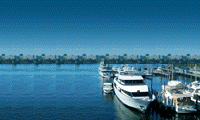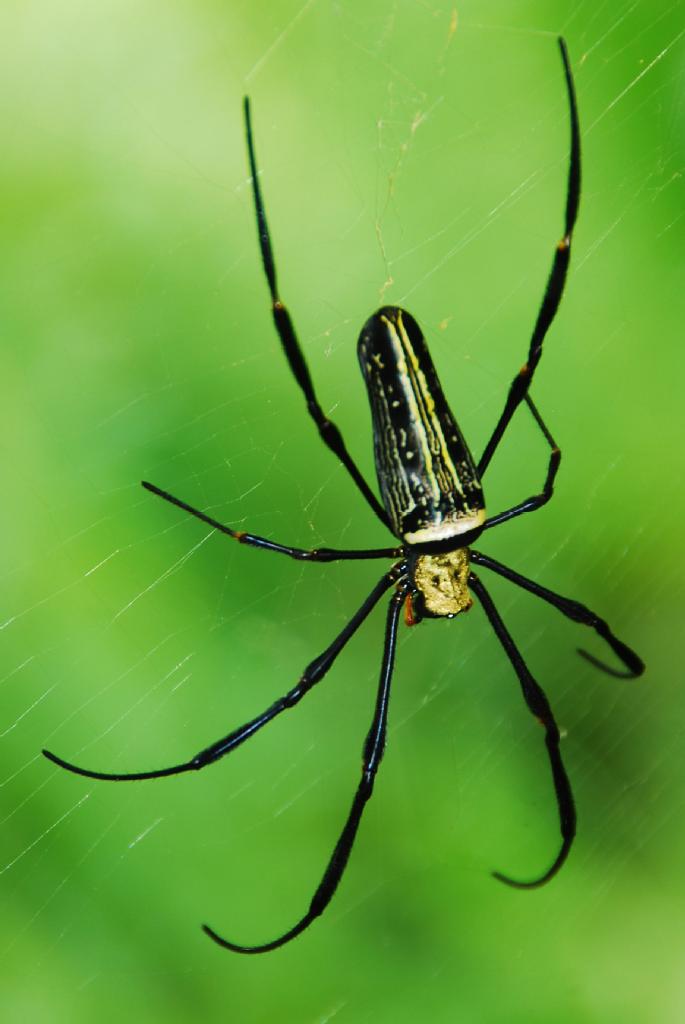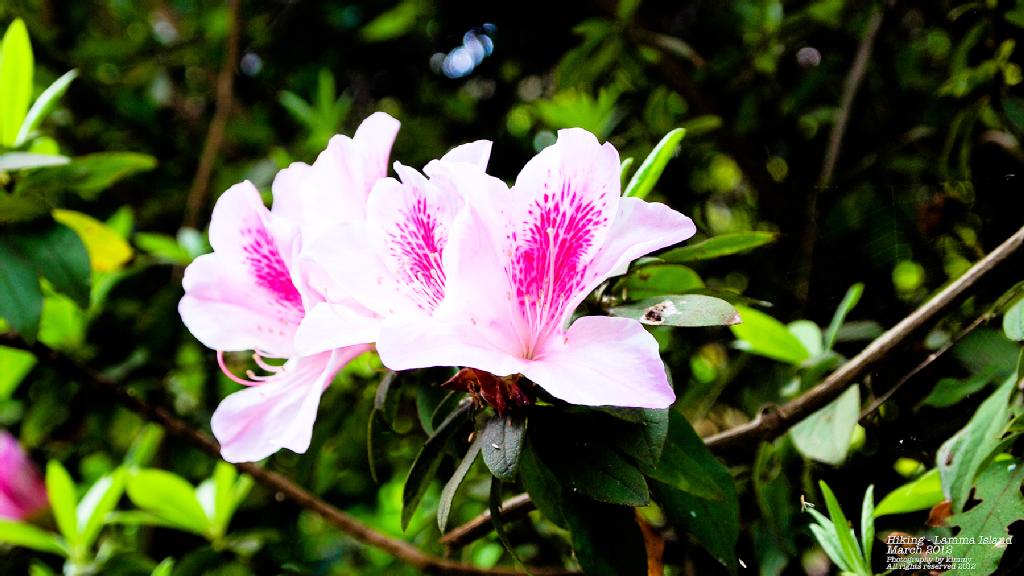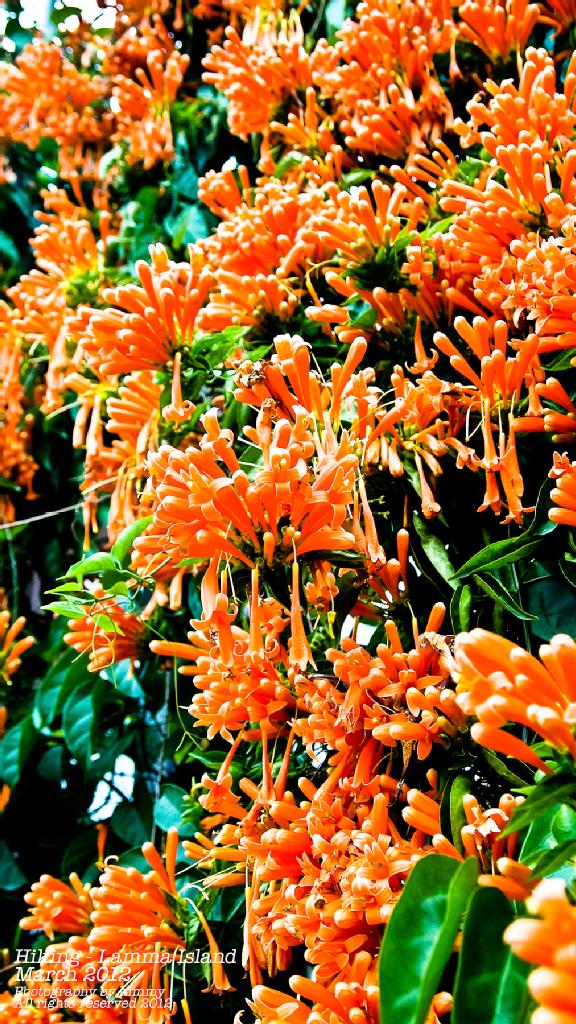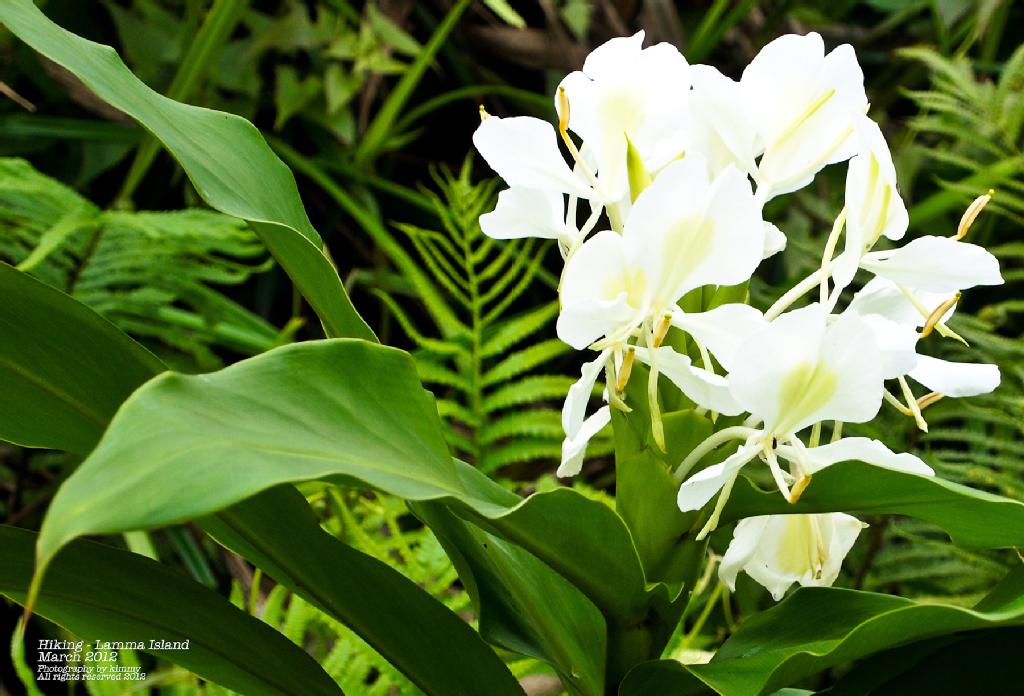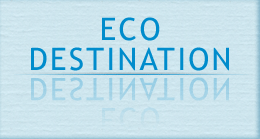
Ecology and Bio-diversity

Ecology and Bio-diversity
The Ecological Features of Lamma Island
Lamma Island, being the third largest island in Hong Kong, boosted of containing about 2/3 of all the flora and fauna species of Hong Kong. Sham Wan SSSI is noted as the only remaining nestling ground in Hong Kong for green turtles while the Romer’s Tree Frog is endemic to Hong Kong. Other notable fauna species found in southern Lamma include Yellow Bat, Fulvous Fruit Bat, Himalayan Leaf-nosed bat, Black Kite, Kestrel, Hwamei, Pacific Reef Egret, Common Buzzard, Lesser Coucal, Greater Coucal, Japanese Pipistrelle, Giant Mottled Eel, Red Lacewing and Sullied Sailer. Valuable flora species includes Hong Kong Eagle’s Claw, Incense Tree, Small Persimmon, Gmelina Chinesis, Silver-back Artocarpus and Hong Kong Pavetta.
A Proactive Approach for the Return of Green Turtles Green turtles used to nest on many beaches of Hong Kong; but now only Sham Wan of Lamma Island is still regarded as potential nesting ground for them. Even then, only 8 green turtles were seen to nest there since 1997, but none in the recent years. While other beaches are being affected by rapid urbanisation, the village of Tung O next to Sham Wan was actually suffering from rapid decline in population and economic activities since 1960’s. Few visitors hike through the villages of south Lamma nowadays after a period of popularity as a swimming and BBQ spot in the 70’s. Older villagers of Lamma told stories of how they picked up the turtle eggs from behind as the turtles laid their eggs because turtle eggs, turtle meat and snakes were once important source of food particularly during the difficult years of Japanese occupation in the 1940’s. As a matter of fact, Hong Kong only banned consumption of turtle eggs in 1976. By that time, few green turtles eggs were there to be picked up. The Sham Wan SSSI was only set up in 1999. One can suggest that few green turtle eggs actually survived human consumption in the last century, even fewer of those which survive can reach adulthood because it is estimated that the survival rate of green turtle is 1 in 1,000! In our opinion, therefore, with or without development in Tung O, fewer and fewer green turtles will come back as a result of decimation of the last century.. What we suggest is that we should embark on a research and breeding programme in sufficient scale to build up the infant population for at least some of them to survive the 20 to 30 years leading to maturity. At the same time, we should carry out research into their migration route, habitat, food, and threats from nature as well as human. As Professor I. J. Cheng of Taiwan Ocean University once said: “…Although we know little about green turtle at sea, but as we know more, we shall be able to identify at which stage of their life cycle, they need our protection the most….”. To be constructive, we propose to set up a Marine Research Centre at Shum Wan, which can also serve as research centre for marine ecology around southern part of Lamma. Fishery Tung O Wan at present has moderate fishery resources as well as fishery activities although it is within the spawning grounds for commercial fisheries in southern waters of Hong Kong. Sonic survey indicated that the rocky shores drop steeply to a narrow strip of sand bed while main part of the bay is soft silty clay average more than 10 metres thick. While the marina will enclose about 48 hectres of water body which will be off-limit to fishery activities, it also create or fish sanctuary of 48ha within which fishes can spawn and thrive because even line fishing will not be permitted within the marina basin. In addition, the breakwater and other structures associated with the marina are proven to be effective artificial reefs providing hard substrate surfaces for coral colonies and providing plenty of pits and voids for marine life and for safe haven for juvenile fishes, in a sea bed area that was mainly soft silty clay and scoured by trawl fishing. Together with careful control of water quality, we are confident that a rich coastal eco-system will develop and increased fishery resources will result. |
